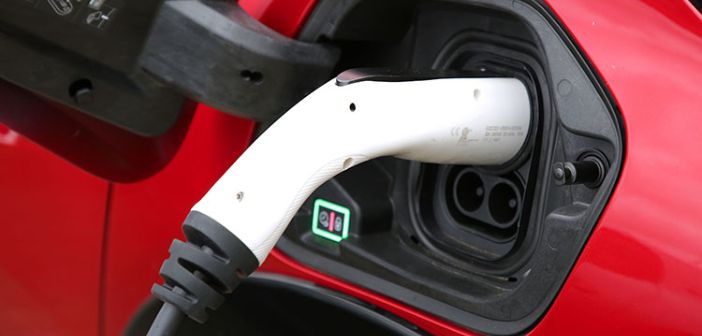Some 2.8 million public EV chargers will need to be installed by 2035 to achieve the UK government’s zero emission-capable new car market target, a study by the Society of Motor Manufacturers and Traders (SMMT) and Frost and Sullivan has found.
According to the survey, there are currently 19,315 on-street charge points in the UK, which means 507 on-street chargers will need to be installed daily until 2035 to get the country’s public charging network ready for mass EV adoption, at a total cost of £16.7bn.
And despite a growing popularity in EV technologies – demand is said to have more than doubled over the last year following industry investment worth some £54bn in 2019 – the survey claimed that car buyers remain reluctant to make the switch to EVs.
Over half of those surveyed admitted higher purchasing prices deterred them from purchasing an EV, followed by a lack of local charging points (44%) and the fear of being caught out on a long journey (38%).
And whilst the number of plug-in hybrid (PHEV) and full electric models on the market has leapt from 62 to 83, accounting for one in every six models available, sales represent only 8% of all cars sold.
The SMMT survey was encouraging for short-term targets, with a third of those questioned optimistic about buying a full EV by 2025. However, 44% said they felt the government’s goal of banning sales of all new petrol, diesel and hybrid vehicles by 2035 was too soon.
The study recommended long-term commitment to incentives such as the continuation of the Plug-in Grant to drive as many as 2.4 million sales in the five years to 2035. It also stressed that PHEVs will play a key part in the transition as these vehicles are able reassure long-distance drivers seeking an environmentally friendly option.
Mike Hawes, SMMT chief executive, said: “To give consumers confidence to take the leap into these technologies, we need government and other sectors to step up and match manufacturers’ commitment by investing in the incentives and infrastructure needed to power our electric future.”





